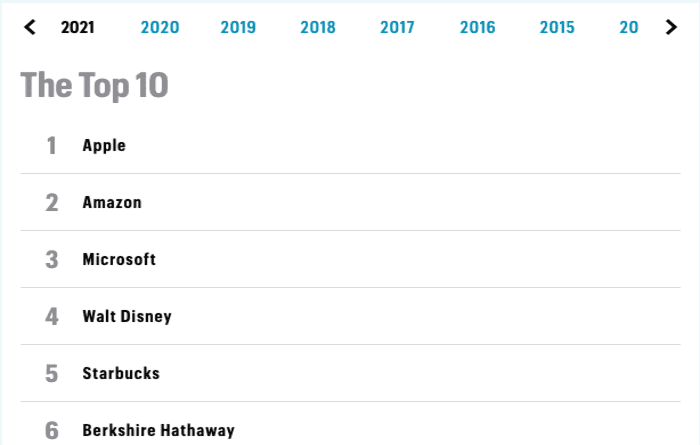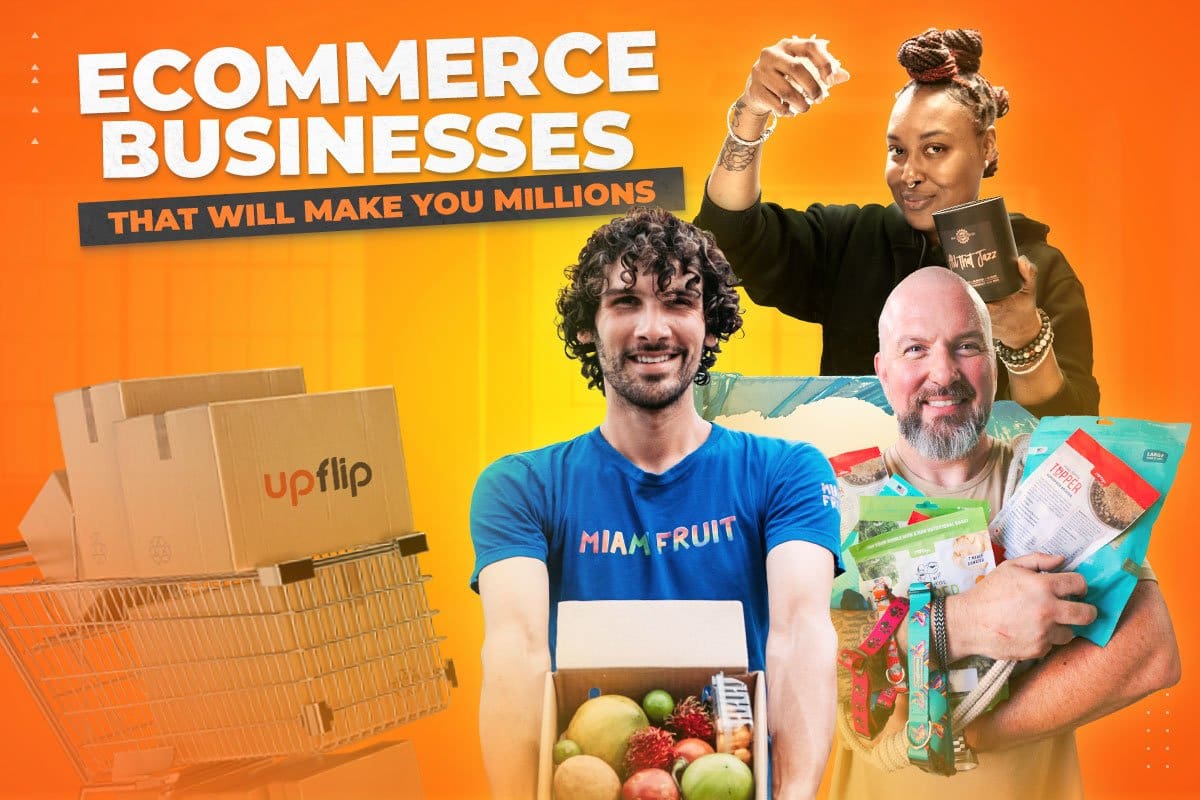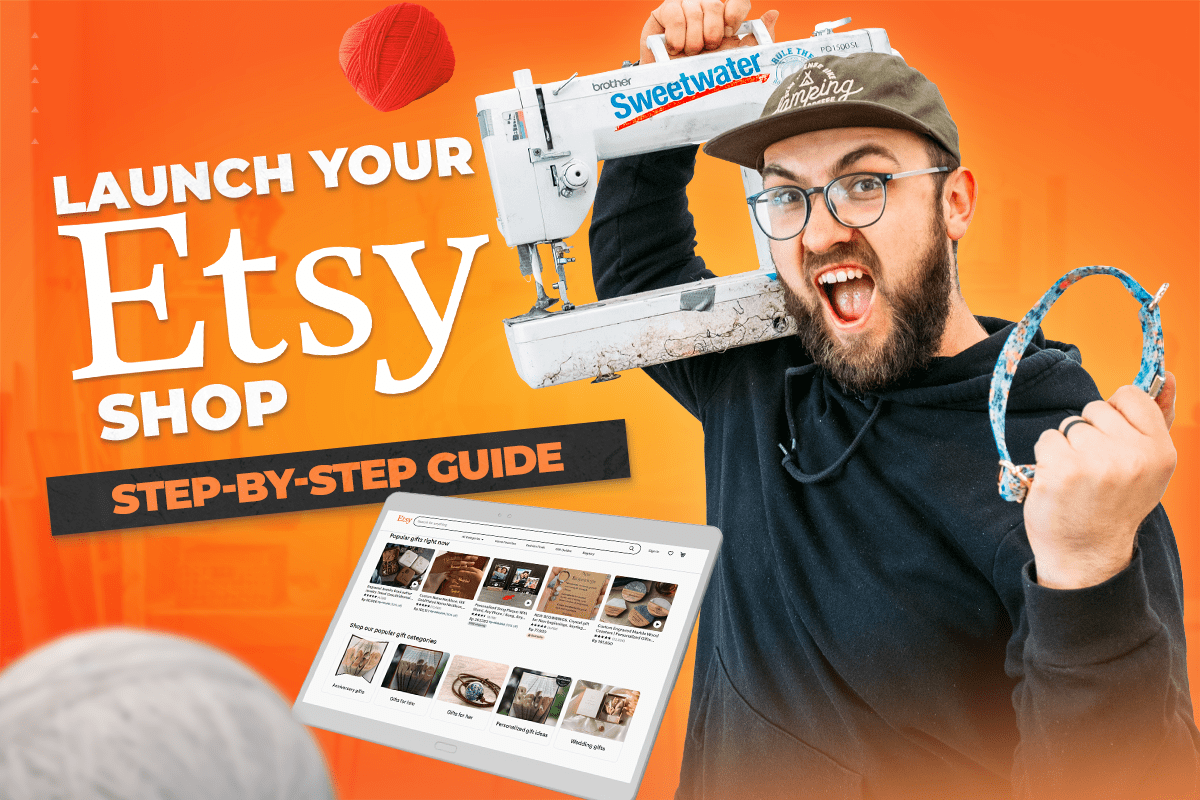Have you ever wondered why some small businesses seem to thrive, while others fail even when they have plenty of business? Net Working Capital is one of the most crucial aspects of starting and running a small business.
We’ll give you the knowledge to manage your working capital to keep your small business running smoothly.
Net working capital is the liquidity an organization has to continue operations.
Net working capital takes into consideration cash and cash equivalents, while excluding aspects of the business that cannot be easily redeemed for cash.
The benefit of knowing the net working capital is you can tell whether the company is in danger of defaulting on payments, laying off people, having to sell machinery or property it owns, or requiring more personal investment in the business.
We’re going to answer the most common questions about net working capital and provide you with resources and examples of how to manage a business using net working capital including:
- How do you calculate net working capital?
- How to find net working capital.
- How to find the change in net working capital.
- What is the difference between working capital and net working capital?
- What is a good net working capital ratio?
- How can a small business improve net working capital?
Keep reading for information on how to use net working capital to run or evaluate a small business.
How do you calculate net working capital?

Net working capital is calculated using the formula:
Current Assets – Current Liabilities= Net Working Capital
Let’s dig deeper into each of these terms for what they include.
Current Assets
Current assets are assets that are expected to be used, consumed or sold in less than a year. You will find current assets in a company’s balance sheet. Typical assets that are included in current assets are:
- Cash on hand
- Accounts receivable
- Stocks
- Treasury bonds
- Inventory
- Pre-paid expenses
Different industries will consider different materials current assets. For example, A plumbing company might consider a water pump a current asset because they are reasonably certain they will sell it in a year, while that same water pump distributing water to the sinks in a restaurant would not be because they expect to continue using the pump.
You will normally find the current assets listed on a balance sheet in order of liquidity. To calculate the current assets you would simply add them all together.
To learn more about current assets, check out Investopedia’s page that includes examples of major companies current asset calculations.
Current Liabilities
Current Liabilities are the expected expenses the company will incur in the next 12 months. You’ll also find these on a company’s balance sheet.
Common expenses included in the current liabilities include:
- Wages.
- Payment of short term loans.
- Current portions of work prepaid by customers that still need to be completed.
- Payments to suppliers.
- Current principal of long term debts
- Rent
- Utilities
- Income tax.
You can find the current liabilities on a company’s balance sheet.
For more on current liabilities check out Motley Fool’s current liability page.
How to Find Net Working Capital

To demonstrate how to find net working capital, I’m going to use 2021’s Most Admired Company, Apple (stock ticker: APPL). To see the Fortune list of most admired companies, click .
With a publicly traded company, you’ll go to the SEC Edgar Company Filings page and search the stock ticker. For privately owned companies, you’ll have to ask the owners.
Franchisors will typically be able to give you the information for their average or median franchise financial performance.
You’ll want to find the Form 10-K. Here is Apple’s. On page 25, you’ll see a comparison of 2018-2020 working capital. See image below, Row 5. To find the breakdown, view page 33, which is the balance sheet.
As you can see, Apple had a working capital of $38.321 Billion in 2020, $57.101B in 2019, and $15.41B in 2018. Remember these, they’ll be discussed more later.
Their working capital jumped around dramatically during those three years. When you see a company’s net working capital bounce around dramatically, it is worth investigating.
In Apple’s case the drop between 2019 and 2020 would be traced to reduced cash on hand and accounts receivable, which is to be expected given the pandemic. People are less likely to upgrade a phone when finances are difficult.
How to find change in net working capital
To find change in net working capital there are two ways to calculate it:
- As a percent
- As a whole number.
Let’s look at how Apple’s working capital changed between 2018 and 2020 as both a percent and whole numbers. As mentioned above, Apple had a working capital of $38.321 Billion in 2020, $57.101B in 2019, and $15.41B in 2018.
When we use subtraction to find the change, we get the YoY Pure Change, while when we use the formula (2020/2019)-1, we get the YoY % Change.
What this tells us is that they had 33% less working capital going into 2021 than they did going into 2020, meaning they have to be more careful with their budgeting in 2021 than they were in 2020.
What is the difference between working capital and net working capital?
Working capital and net working capital are typically used interchangeably. There are other terms that are similar such as gross working capital, which is just the current assets and does not factor in liabilities.
The gross working capital is not as effective for calculating the viability of the company because it does not consider the cost of the capital. Gross working capital is simply a step in the process to finding the net working capital.
You may also find a similar term, gross fixed capital, used in some methods of calculating the GDP. If you’d like to learn more about gross fixed capital check out the OECD explanation.
What is a good net working capital ratio?
The working capital ratio, more commonly called the current ratio, is simply:
Current Assets/ Current Liabilities.
It is a measurement of how easy it will be to pay the bills. Generally speaking a current ratio less than 1 is a business that is failing, while a business with a current ratio above 1 is at least sustaining itself.
A current ratio of 2 is preferable according to accountingtools.com.
When the working capital ratio is above 2, investigation is necessary. This could be for several reasons including:
- Too much inventory
- Difficulty collecting accounts receivable
- Large amounts of cash on hand
- Low to no debt
Depending on which of these is the cause, it could impact the valuation of the company. For instance, inventory would be included in a sale typically, while I would not expect the same for cash on hand.
Likewise, if the company is having difficulty collecting accounts receivable, future write-offs may be coming in the future.
However, if the company has no debt and plenty of inventory, the business is in decent health assuming other aspects of the financial statements are doing well.
Quick Ratio
Another common ratio used is the quick ratio, which excludes inventory and prepaid expenses. This eliminates many of the complicating factors that are inherent in the net capital ratio.
The quick ratio formula is:
(Cash + cash equivalents + accounts payable)/ (current liabilities)
The quick ratio should be between 1 and 2 for a company to be in good health.
Cash Ratio

The cash ratio is an even simpler ratio for measuring the liquidity of the business as it is the most restrictive. It only includes cash on hand and cash equivalents such as money market accounts, stocks, and treasury bills.
The equation for the cash ratio is:
(cash+cash equivalents)/ current liabilities
It specifically does not include:
- Accounts receivable
- Inventory
- Prepaid Expenses
- Anything that can’t be accessed in a matter of a couple days
Like the other ratios, a cash ratio between 1 and 2 means a company is able to meet its obligations. To learn more about the cash ratio, check out this article by the Corporate Finance Institute.
How can a small business improve net working capital?
To improve the short term financial position of a small business there are several things that can be done including:
- Converting short term debt into long term debt.
- Inventory management
- Penalties for late payments.
- Completing pre-paid work.
Let’s dig deeper to see how each improves the net working capital of a small business.
Converting short term debt into long term debt.
By converting short term debt into long term debt, you impact the working capital by spreading the payments over longer periods of time.
In the example below, we used a fictitious balance sheet to display the impact of reducing $15,000 in short term loans into $3,ooo in short term and $12,000 in long term, while keeping everything else the same.
The end result is an increase of $10,800 in net working capital and the working capital increased from 1.45 to 2.11, giving the small business plenty of room to utilize capital for growth.
It should be noted that the small business may incur more financing charges over the course of long term debt due to the interest on principal being spread out over a longer period.
It’s recommended that you consult with a financial advisor before making these decisions.
Inventory Management

Inventory management is focused on having the proper amount of inventory at the right time. Too much inventory leaves you with less cash and cash equivalents, while too little inventory means lost sales.
There are a variety of ways to improve inventory management including:
- Implement an inventory management system (IMS).
- Utilize dropshipping and print-on demand services for online orders.
- Run promotions on products that aren’t selling well to turn inventory into cash.
- Use analytics to forecast demand and order accordingly. IBM offers useful insights here.
The primary goal with inventory management is to keep as little of the working capital tied up in inventory because once the inventory is sold the current assets will increase due to the profit and the current liabilities will decrease because the vendor can be paid.
We have several videos on how to run a small business using LEAN principles you can find on UpFlip’s YouTube page.
Penalties for late payments.
Penalties for late payments are an option if you finance your customers. Penalizing late payments encourages people and businesses to pay on time.
If they don’t pay, it increases the accounts receivable to help increase offset the inability to use the working capital and any interest fees you occur from suppliers.
Completing pre-paid work.
Completing pre-paid work removes a current liability, but also incurs costs. If you have an outstanding liability of $1,000 worth of work and you have to pay your employee $300, it will reduce your current liabilities by $700.
If it requires other inputs the impact will be less.
Using the same balance statement as before would create a $700 increase in net working capital and increase the current ratio from 1.45 to 1.48.
Conclusion
We’ve given you the information you need to effectively use net working capital to improve the operations of a small business. During this article, we covered the definition of net working capital as well as:
- How do you calculate net working capital?
- How to find net working capital.
- How to find the change in net working capital.
- What is the difference between working capital and net working capital?
- What is a good net working capital ratio?
- How can a small business improve net working capital?
Whether you’re running a small business, selling a small business, or looking to buy a small business, UpFlip has the information to help you be a better business owner.
Sign up for our newsletter and follow us on YouTube to get more great information about small businesses.





